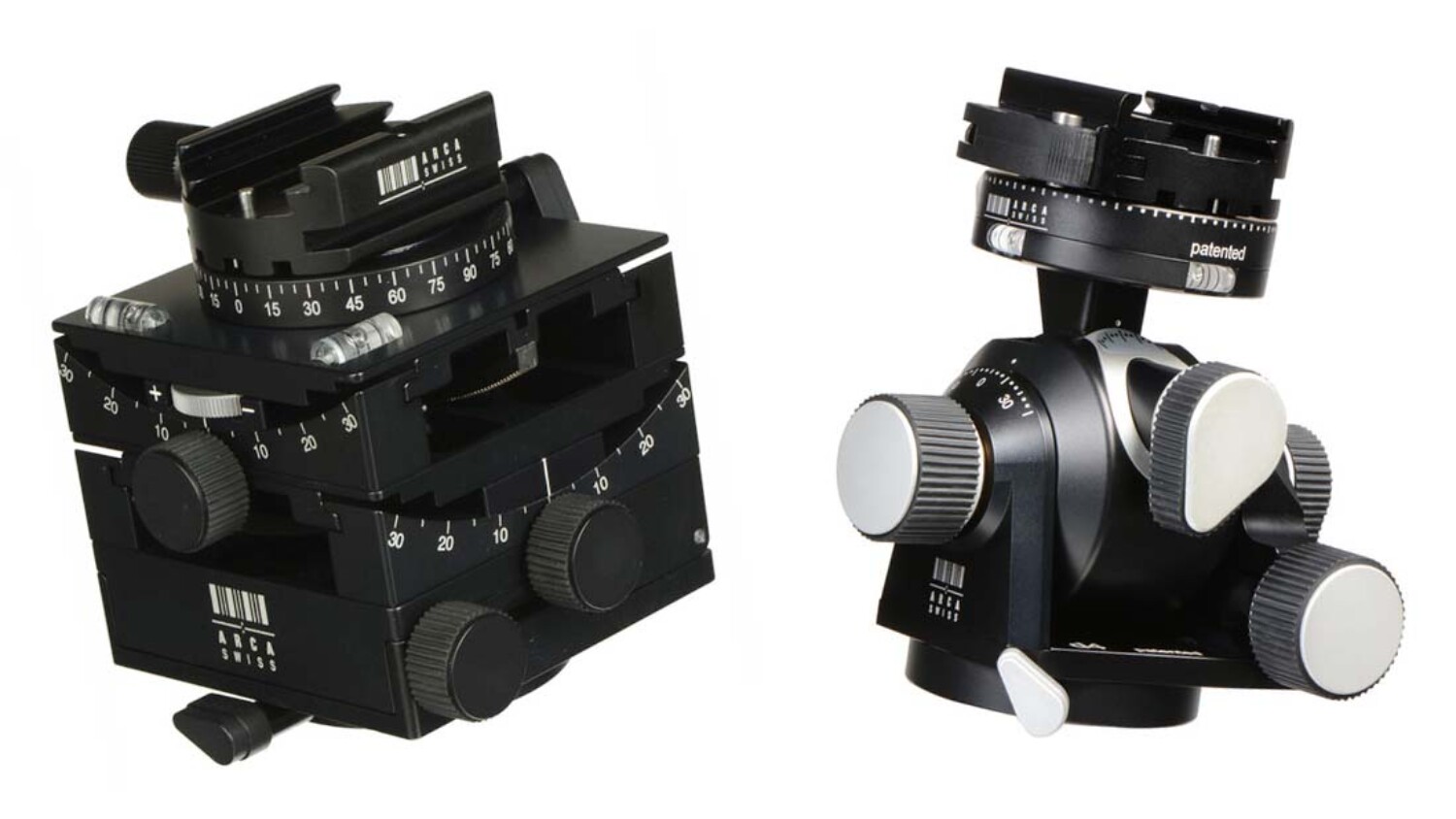The Ultimate Geared Head Review: Arca Swiss D4 vs C1 Cube
There are really only two tripod heads to consider if you want to use the best of the best: the Arca Swiss D4 and the Arca Swiss C1 Cube. The worst thing about them is you’re spending over a thousand dollars on something that doesn’t actually make you a better photographer, but the best thing about them is that they make it so much easier to take pictures I don’t even know how I’d begin to go back to the cheaper options.
So before we begin, let’s get into a little background. I’ve been shooting on the road pretty much as long as I can remember; travel has just always been a part of my photographic career. When I started photographing architecture I was using a cheap Manfrotto ballhead which, if anyone has tried, you know is pretty much impossible to compose with.
I quickly realized the need for a geared head for precise, controlled adjustments and did what basically every aspiring architecture, real estate, and interiors photographer does at some point: bought a Manfrotto 410 junior geared head. In fact, I think I bought four of them, because they kept breaking over and over. The fact is that while they get the job done, they just don’t really hold up to abuse for more than a year or two, especially if you are packing and unpacking them and they’re getting banged around by baggage handlers day in and day out. In addition if you want to shoot vertically without finagling the head into some weird contortionist position, you’ll have to get Manfrotto’s universal L-bracket. which is a complete dumpster fire of product design; it will essentially double the size of your camera and is quite possibly the most inelegant piece of equipment I’ve ever purchased.
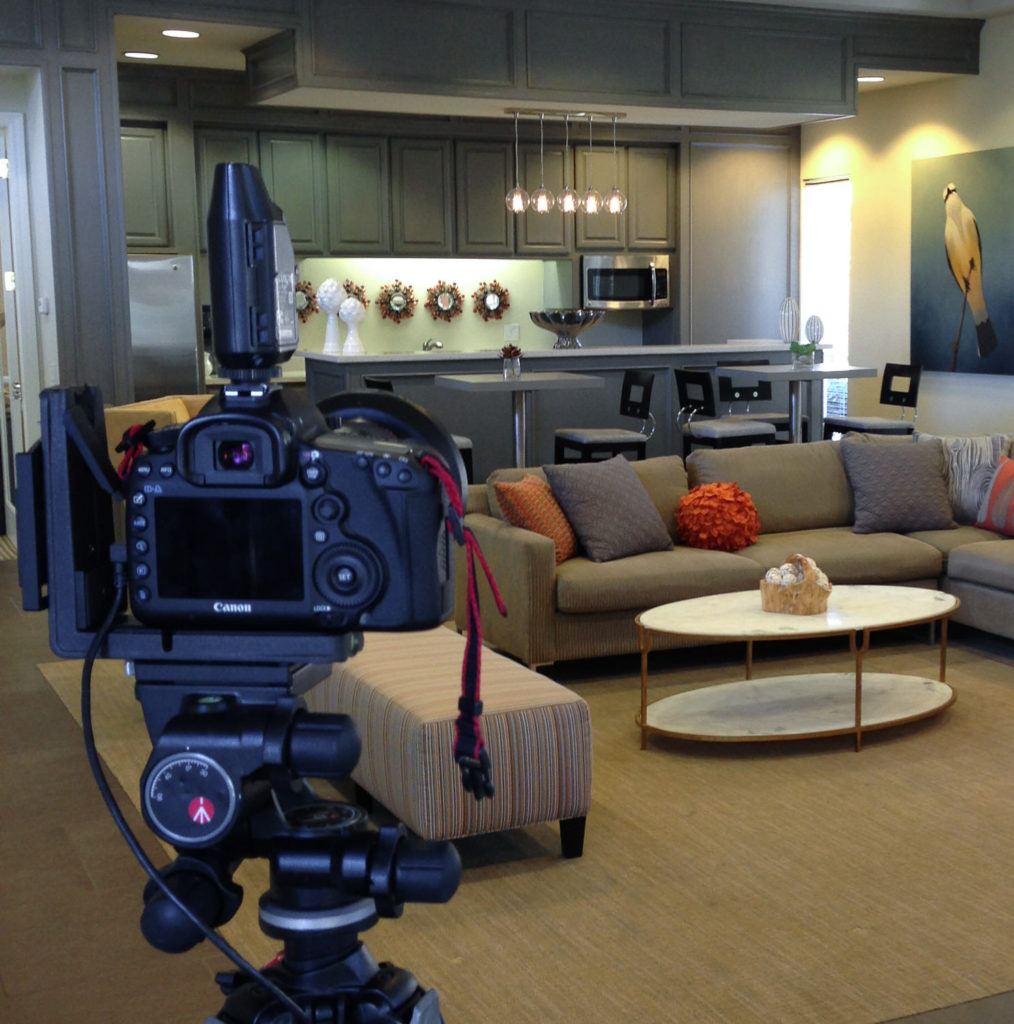
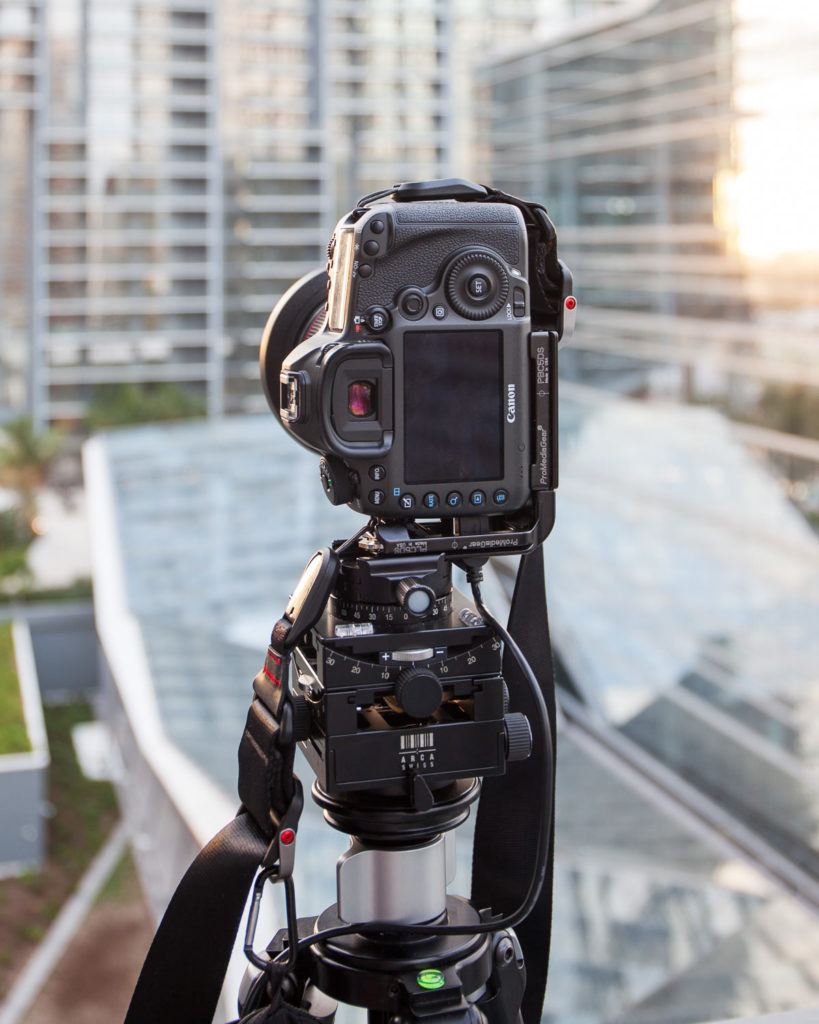
There are a few places you can go from here: you can go to Manfrotto’s bigger, beefier 405 head which is built like a tank but rather obnoxiously large and heavy, or you can go for some other new options such as the Manfrotto XPRO, Benro GD3WH, this ridiculous Cambo thing, or a new offering from Leofoto which seems like it might be a decent contender though copies are extremely difficult to come by in the wild and I haven’t seen any thorough reviews.
So where does that leave us? Essentially, you can keep using the ‘cheap’ standard Manfrottos that, to be honest, get the job done, but fail rather often, or use one of the aforementioned untested models such as LeoFoto (I’m more than happy to review these if I can get my hands on them) or lastly, you can make the rather big jump up to a big boy Arca Swiss head.
At time of writing, the Cube is $1,572 and the D4 is $1,169. Outrageous? Perhaps, but not when you take into account that they are the single piece of equipment that you are touching every single time you take a picture. I would wager that if you’re going to throw money into equipment, this is one of the things to splurge on.
I get it: architectural photography is an expensive genre to be in. But we need the right tools for the right job; it is so important to be able to consistently dial in a great composition and these are the tools that will help you do it. You’re going to use them for literally every single picture you make – you want it to be a pleasant experience. You want it to be dependable. You want it to be accurate. The other, cheaper heads aren’t really any of these things. I used to get blisters on my hands from using Manfrotto geared heads – I’m not kidding! The levels would fall out of accuracy over time, the gears would slip, the clamp would stick, etc.
So I’ve pushed you this far, now let’s talk about which model to get. They both have pros and cons and before you commit to purchasing one, here are my thoughts on each.
The D4 and the Cube are both built like tanks, with a very high-quality fit and finish (not that I’d expect anything less from a company that literally has Swiss in the name). Both of them feel nice, the tactile response is incredible and you know exactly what’s going to happen when you make any adjustments. There’s no wiggle, the panning heads on both are perfectly tensioned and smooth with no grittiness or elasticity (a big problem with the rubbery Manfrotto models in which the knobs tend to stick and have different tensions) and all controls work all of the time.
I haven’t owned the D4 as long as I’ve owned the Cube (and I’ve been much more careful with it since purchasing it) but my Cube has taken an absolute beating and kept on working with some minor repairs. Falls out of car trunks, falls onto asphalt, onto rocks, being dragged across airport floors, you name it. It just keeps on ticking and I bet the D4 is much the same but time will tell.
They’re both insanely dependable, both made to last, and both worth the money. Now, let’s get into specifics…
The D4
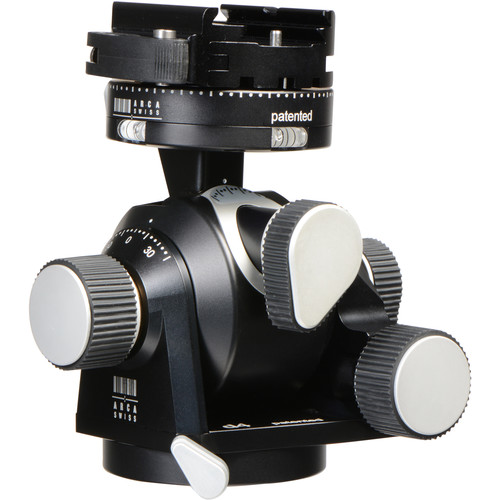
The first major difference between the Cube and the D4 is that the D4 is, well, not a lower-case-c cube. The D4 has asymmetrical controls, meaning that one knob on one side controls the pitch, and another knob on another side controls the roll, and there are two tear-drop shaped knobs that control the tension of each and allow you to move the head freely in any direction when they are totally loosened.
These asymmetrical controls allow the D4 to do some pretty cool things that you can’t do with the Cube, though admittedly those ‘cool things’ are basically fringe cases that aren’t really necessary for photographing architecture. The free movement of pitch and roll, for example, is handy for composing at odd angles, but most of the time we’re shooting straight and level, so honestly these controls aren’t really necessary for me (or for most architectural photographers). One very unfortunate aspect of these teardrop shaped knobs is that I’ve noticed they’re prone to unlocking themselves through normal use. On more than one occasion the entire pan head and clamp complete with my camera has fallen over due to the loose lockscrews, and on one occasion caught my hand between the base of the D4 and the weight of my camera. Not very pleasant at all. To be clear, the camera is firmly attached to the Arca Swiss plate, it’s just the top half of the head that is loosened and tips over – the camera is never in danger, but my fingers sure as hell are.
Both the Cube and the D4 have multiple bubble levels built into the head but the D4 only has bubble levels on the side of the panning head, which means you generally need to crane your neck around to the left or right side to see if you are straight and level. This can be rather annoying if you are backed into a tight space or shooting with the camera signifncantly below eye level – I usually level the camera first and then fine-tune my composition so having to contort myself to check if I’m level is a rather difficult obstacle for me to overcome and is one area where I much prefer the Cube (we’ll get into that later).
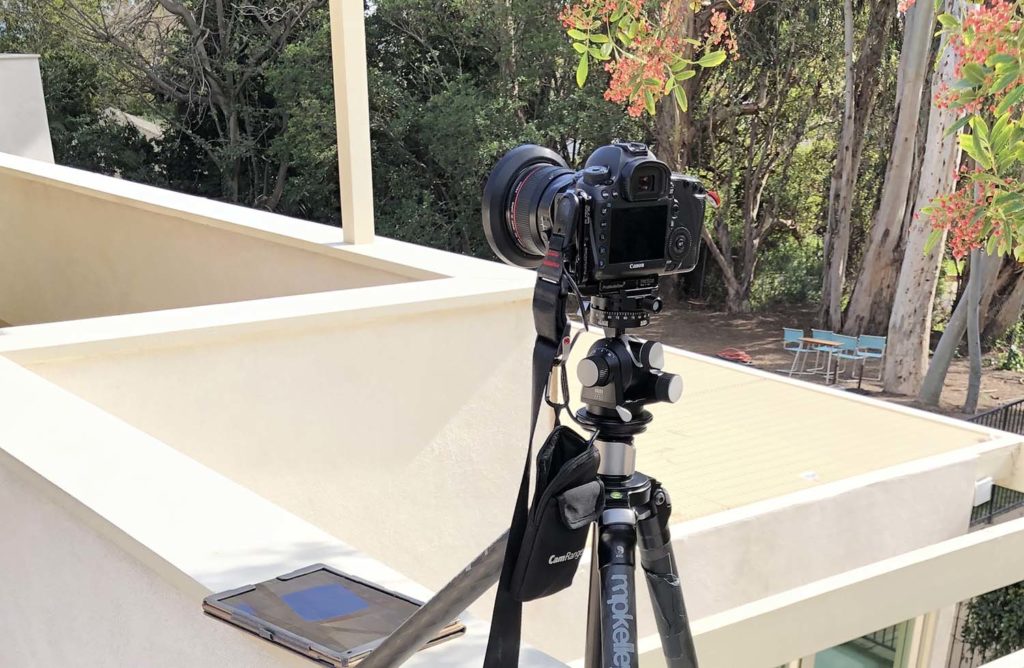
The D4 has both a panning base and a panning head on top of the geared body, which is very handy when you’re not shooting with a perfectly leveled tripod base – you can level the D4 and then pan in 360 degrees without the camera sagging as you pan further off of center (the Cube also contains this feature but achieves it in a slightly different way) which is a feature lacking in almost every ball head and many cheaper geared heads.
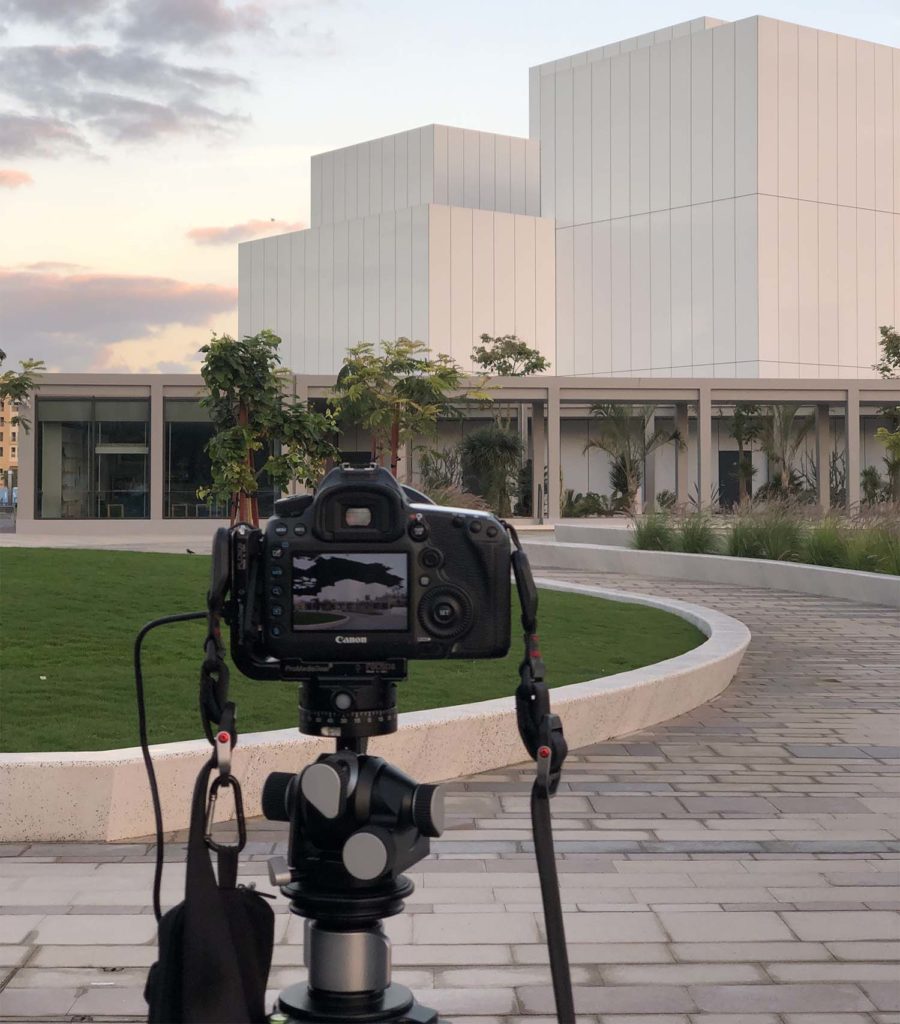
Another thing I find interesting about the D4 is not only does it have asymmetrical controls, it also has an asymmetrical base. I don’t love this for a few reasons, one being it is pretty tricky to line up the base of the head when you are doing a one point perspective shot because you don’t have a point of reference for the back of your camera. The base of the head is a bit trapezoidal and it can be a little more difficult than it should be to make sure everything is perfectly aligned. A small nitpick, but an interesting one to note if you are photographing architecture.
The Cube
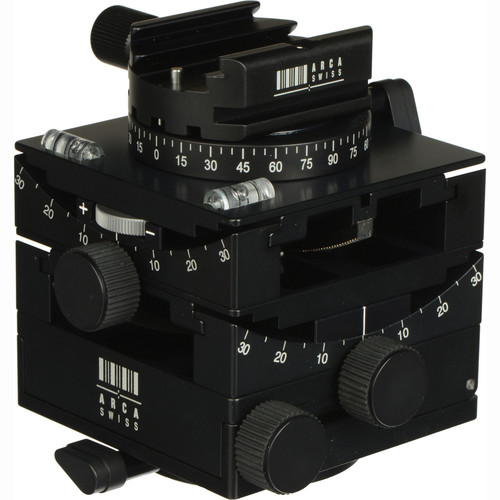
The Cube, as its name implies, is actually not a perfect cube but pretty close. Unlike the D4, operation is essentially symmetrical in every way. I can adjust pitch and roll of the camera from either the front of the Cube or the back of the Cube, from the left of the Cube or the right of the Cube. No matter where I have the Cube positioned, I know exactly which knob will control which movement, which is incredibly handy when I’m backed into a corner or a tub or some other small space that I find myself in far too often. I actually overlooked how much I enjoyed this aspect of the Cube when I switched to the D4 and really missed the ability to adjust camera pitch and roll without having to be behind it to see what I’m doing.
By the way, you ever get that weird feeling in your brain when you type or say a word too many times and it loses all meaning and it ends up in some weird language twilight zone where you completely forget what that word is? Yeah, it’s happening to me right now with the word “cube.”
The controls to lock or allow free panning are dead center on the front and back of the Cube, rather than offset like the D4. I don’t think this really has any effect on usability in either case but is another area where the cube is symmetrical and the D4 is not. What does have a big impact is the fact that the bubble levels on the Cube are both placed on top of the head and are visible from almost anywhere when you are operating it. This means I don’t have to contort myself to see if I’m level before I start panning – I can, in a matter of seconds, place the tripod on any surface, straight or crooked, and without moving my body or head level the camera and know that I’m ready to start composing. It’s really fast and really brilliant and I absolutely wish that the D4 had this feature instead of tucking the bubble levels away on the side of the panning clamp.
Rather than having knobs that allow you to freely roll and pitch the camera around, the Cube has two tension knobs that allow you to adjust things slowly or slightly quicker. There’s no “totally free” movement of gears here, but this is never a feature that I’ve wished for when using this head, and I can’t say I use it on the D4 either. I generally just set the tension knobs to the mid-point and set and forget. Once a year or so I’ll notice that the head is acting a little stiff as a result of getting the tension knobs bumped in my luggage or something, and a quick reset fixes it.
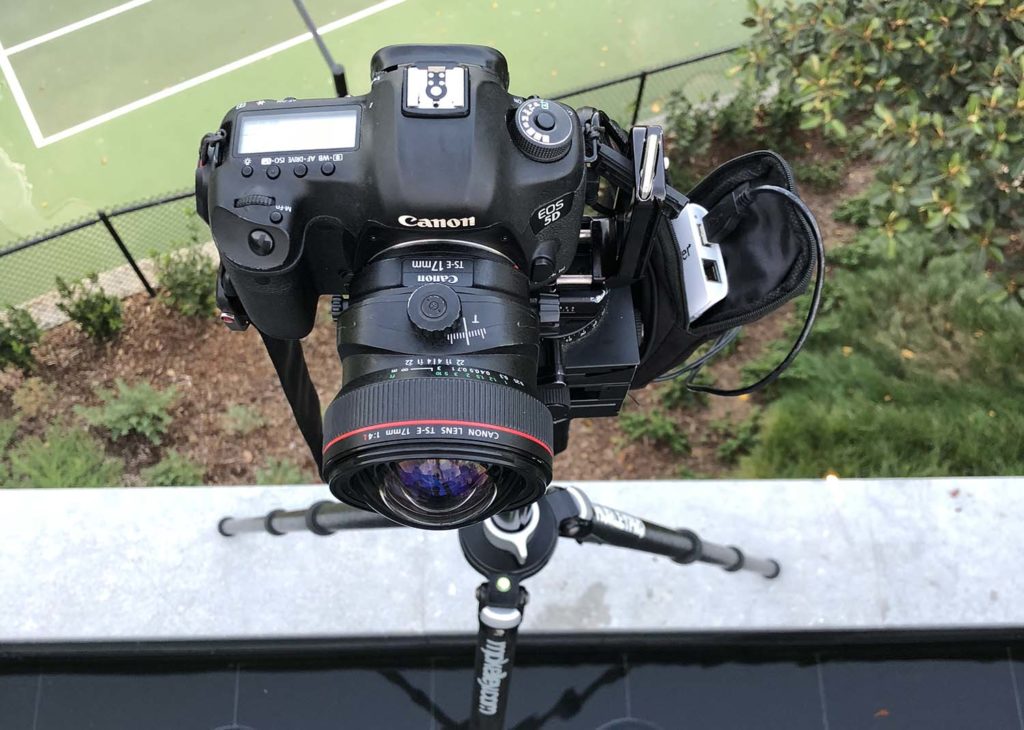
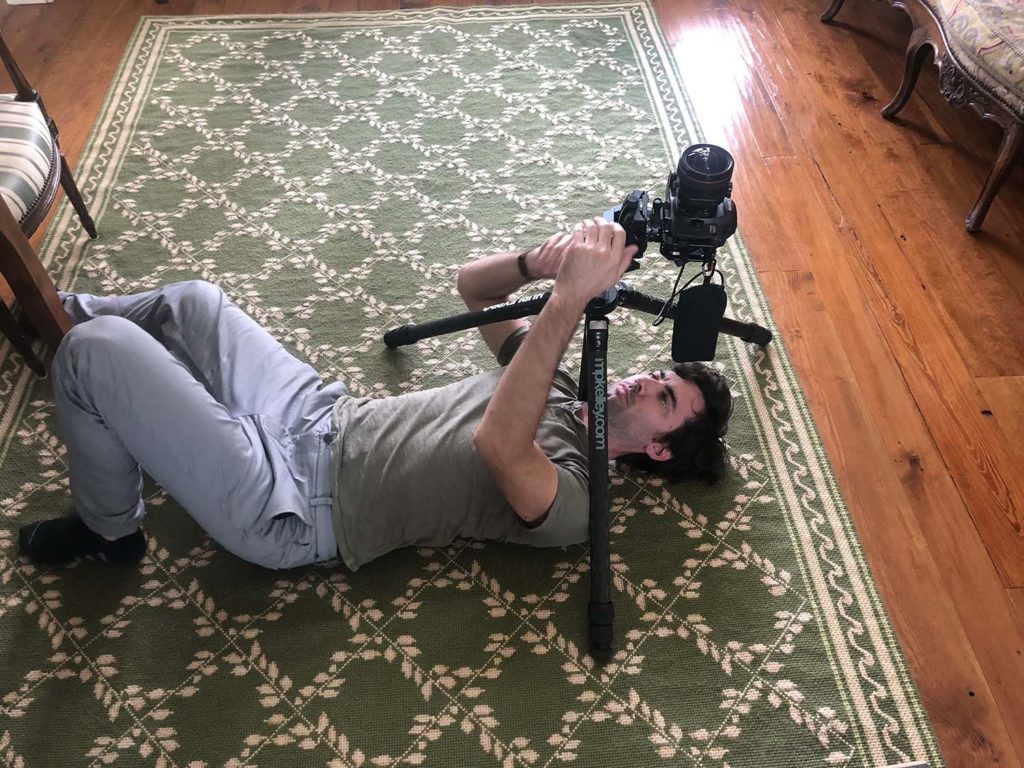
The Cube is slightly heavier and probably a touch more bulky than the D4, but in practice there’s really not much difference in the actual size of these two heads. One neat feature that the cube has that the D4 doesn’t is the ability to open up like a clamshell to allow for vertical shooting without an L bracket or to increase the degree at which you can pitch and roll the camera. It’s not something that I use often, but occasionally it is nice to open it up and give myself some more options when shooting straight up. A fringe case, to be sure, but worth noting.
The one knock I have on the cube is that with all of the open and exposed gears, it is easier for the cube to ingest foreign particles such as sand, dirt, and rain. I have shot a few desert projects where sand kicked up by wind got into the cube and required extensive cleaning with a q-tip and some clean clothes to get all of the gunk out. Never had this happen with the D4 as it seems the body is sealed up to the elements much better.
Bottom Line
The Cube is the better head, but it should be since it’s about 35% more expensive. Is it 35% better? I think so. Both are fantastic, but if there is one to get and you have the money, just get the Cube. There are enough annoyances that I run into using the D4 that I’ve pretty much relegated it to backup use and gone back to full time Cube use. If you can do your best to not use it in a sandstorm and not drop it onto concrete, it will reward you with incredible ease of use, accurate compositions, and saved time in post production from not having to correct vertical lines that you might miss with other heads.
The Arca Swiss D4 and C1 Cube can both be purchased at B&H Photo. They both come in flip-lock or classic knob plate versions, I personally use the knobs because they’re cheaper and get the job done just fine. Don’t forget that you’ll need an Arca-compatible L-bracket to mount the camera. I recommend a universal L-Bracket.
Oh, and before I forget, put these on a nice set of legs, will ya?
